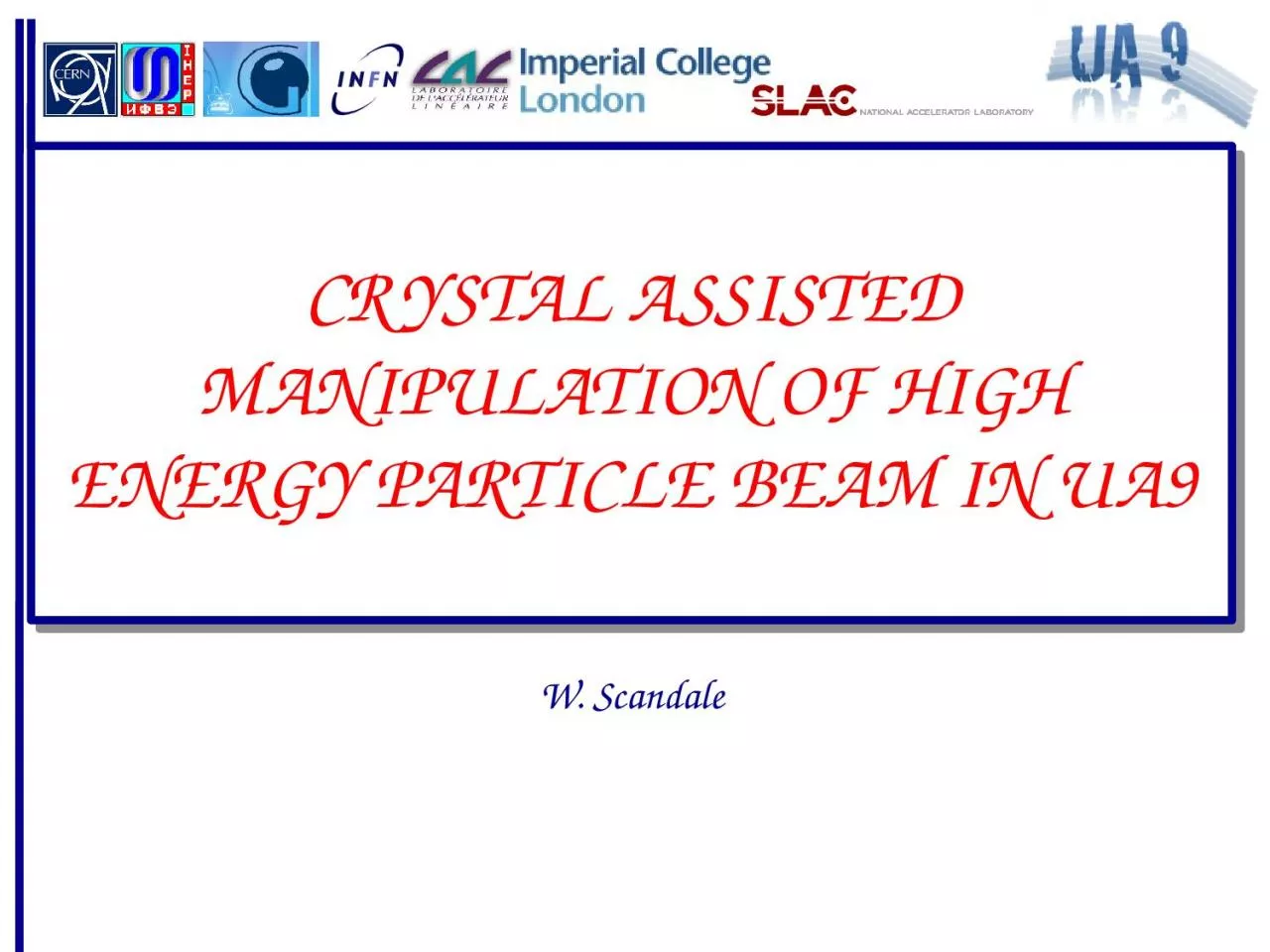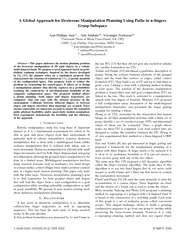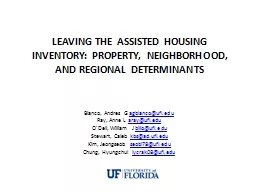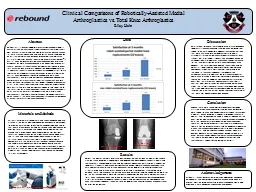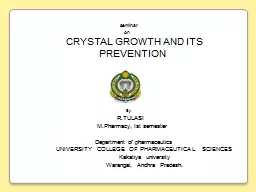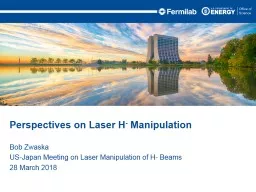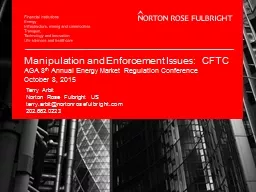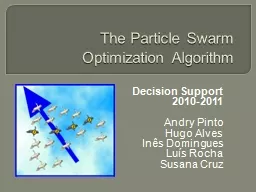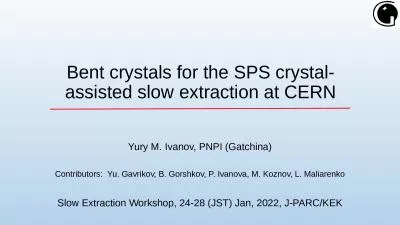PPT-crystal assisted manipulation of high energy particle
Author : tabitha | Published Date : 2023-09-21
beam in UA9 W Scandale Historical perspective RD22 at the CERNSPS as a test bed of beam extraction at LHC E853 at the FNAL Tevatron as a test bed for the SSC T he
Presentation Embed Code
Download Presentation
Download Presentation The PPT/PDF document "crystal assisted manipulation of high e..." is the property of its rightful owner. Permission is granted to download and print the materials on this website for personal, non-commercial use only, and to display it on your personal computer provided you do not modify the materials and that you retain all copyright notices contained in the materials. By downloading content from our website, you accept the terms of this agreement.
crystal assisted manipulation of high energy particle: Transcript
Download Rules Of Document
"crystal assisted manipulation of high energy particle"The content belongs to its owner. You may download and print it for personal use, without modification, and keep all copyright notices. By downloading, you agree to these terms.
Related Documents

